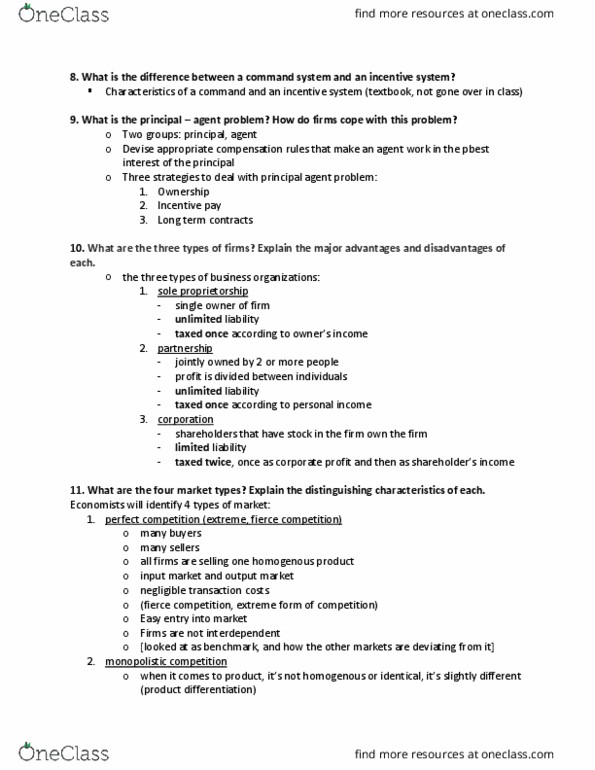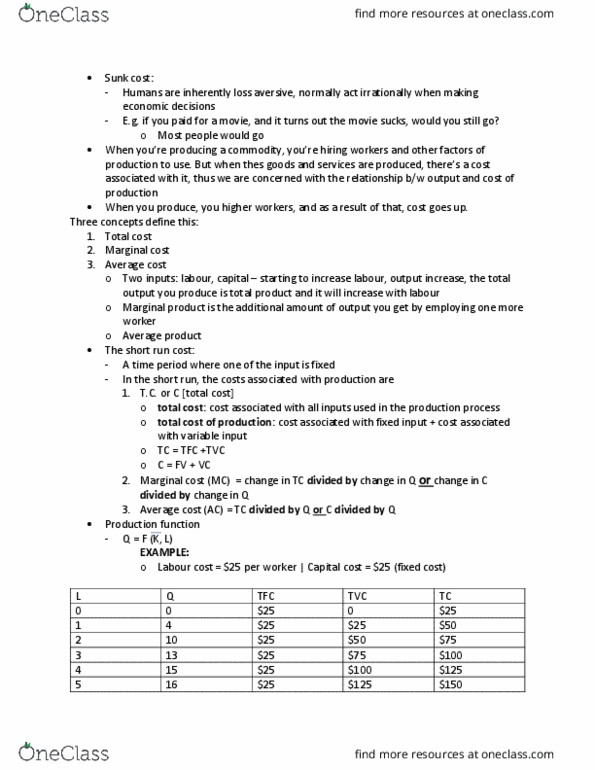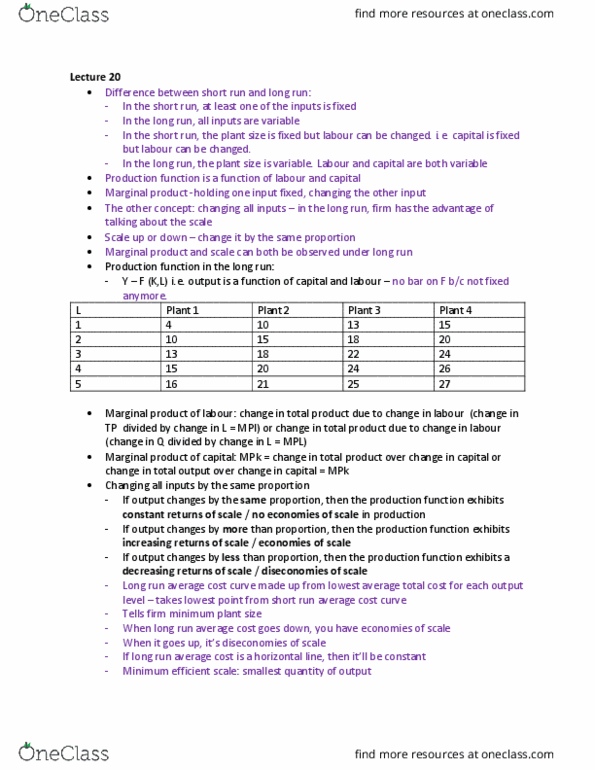4. A firm's short-run production function describes how the
A. Maximum possible output varies as the quantity of labor hired varies in a given factory.
B. Minimum possible output varies as the quanity of labor hired varies in given factory.
C. Maximum possible output varies as a firm enlarges the size of its factory.
D. Minimum possible output varies as a firm enlarges the size of its factory.
5. For U.S. Steel, the total product curve represents the
A. maximum amount of steel attinable for each quanity of variable input hired.
B. Minimum amount of Steel attinable for each quanity of variable input hired.
C. Lowest cost of producing various amounts of steel.
D. Maximum profit when producing and selling various amounts of steel.
6. Kaiser Aluminums total product Curve will shift upward if the firm
A. Hires additonal quanities of labor and materials.
B. Pays lower wages to accuire additonal workers.
C. employs more efficient technologies in aluminum production
D. Initiates work rules leading to falling productivity of labor.
7. Margianl cost is defined as
A. total fixed costs plus total variable cost.
B. Total cost divided bt the level of output.
C. The increase in total cost as a frim produces an additonal unit of output.
D. Total cost minus total fixed cost.
8. The range over which marginal cost is decreasing is the same range over which
A. Total product is Increasing.
B. Marginal product is Increasing.
C. Total cost is increasing at an increasing rate.
D.total cost is decreasing.
9. General motors will realize diseconomics of scale if an increase in plant size causes.
A. A decrease in a long-run average total cost.
B. An increase in long-run average cost.
C. The short -run total product curve to shift upward.
D. The short-run total product curve to remain constant.
10. For Boeing, thechnological advances in the production of jetliners will tend to shift the total product and marginal product curves
A. Downward, and total cost and marginal cost curves upward.
B. Upward, and total cost and marginal cost curves downward.
C. Upward, and no change in total cost and marginal cost curves.
D. Downward, and no change in total cost and margial cost curves.







